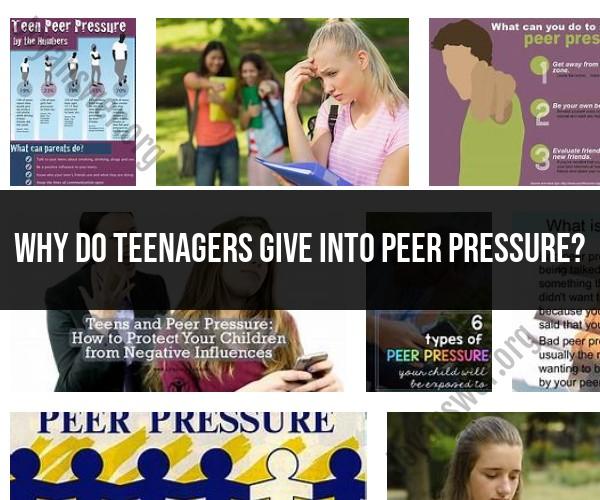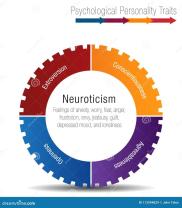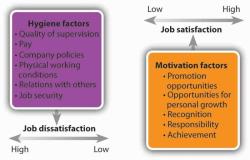Why do teenagers give into peer pressure?
Teenagers often give in to peer pressure for several reasons, and understanding the dynamics behind this behavior can provide insights into why it occurs. Peer pressure is the influence that peers, friends, or classmates exert on an individual to conform to their attitudes, behaviors, or expectations. Here are some common reasons why teenagers give in to peer pressure:
Desire for Social Acceptance: Adolescents have a strong need to belong and be accepted by their peer group. They fear rejection and social isolation, so they may conform to the group's norms to maintain their friendships and social connections.
Fear of Being Different: Teenagers often want to fit in and avoid standing out from their peers. They may fear being seen as weird or different if they don't go along with the group, which can lead to conformity.
Seeking Approval and Popularity: Many teens desire approval and popularity among their peers. They may engage in behaviors that they believe will make them more liked or admired within their social circle.
Influence of Role Models: Adolescents often look up to older teens or individuals they perceive as cool or popular. They may emulate the behaviors of these role models, even if those behaviors are risky or undesirable.
Lack of Confidence: Some teenagers may lack self-confidence and may rely on the opinions and actions of others to guide their choices. They may feel uncertain about their own judgment and decision-making abilities.
Pressure to Conform: Peer groups can exert strong pressure to conform to group norms. This pressure may be explicit or implicit and can involve direct persuasion or subtle social cues.
Avoiding Conflict: Teenagers may give in to peer pressure to avoid conflict or confrontations within their social circle. They may fear disagreement or rejection if they express their own opinions or preferences.
Exploration and Experimentation: Adolescents are in a phase of life where they are exploring their identities and experimenting with different roles and behaviors. This experimentation can lead to trying out behaviors that their peers engage in.
Risk-Taking Behavior: Teenagers' brains are still developing, particularly the prefrontal cortex responsible for decision-making and impulse control. This development can make them more susceptible to engaging in risky behavior under the influence of peers.
Short-Term Gratification: Adolescents may prioritize short-term rewards and immediate gratification over long-term consequences. Peer pressure can lead them to prioritize the approval or excitement of the moment over potential future risks.
It's important to note that peer pressure can have both positive and negative effects. While it can lead to risky or undesirable behaviors, it can also encourage positive behaviors, such as academic achievement or involvement in extracurricular activities. Additionally, teenagers' susceptibility to peer pressure varies, and not all teenagers will give in to it to the same degree.
Parents, caregivers, and educators can play a significant role in helping teenagers develop the skills to resist negative peer pressure. Building self-esteem, teaching critical thinking, and fostering open communication can empower teens to make independent and informed decisions while navigating the complex social dynamics of adolescence.












